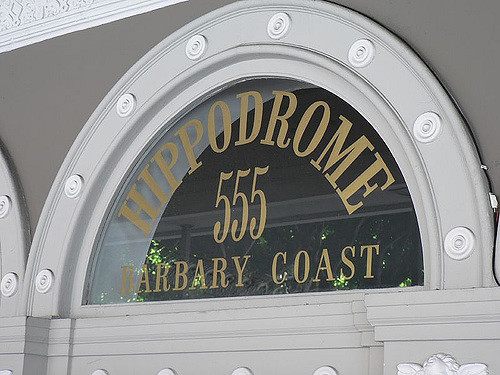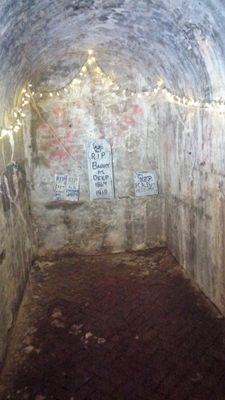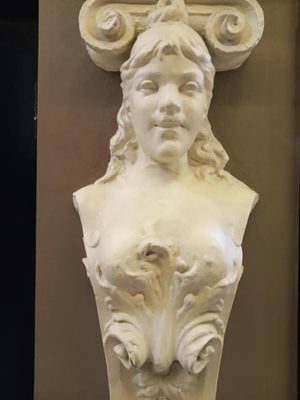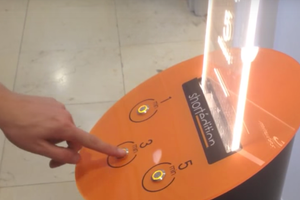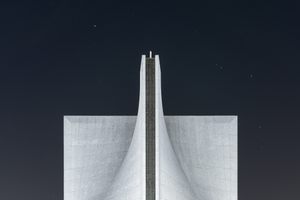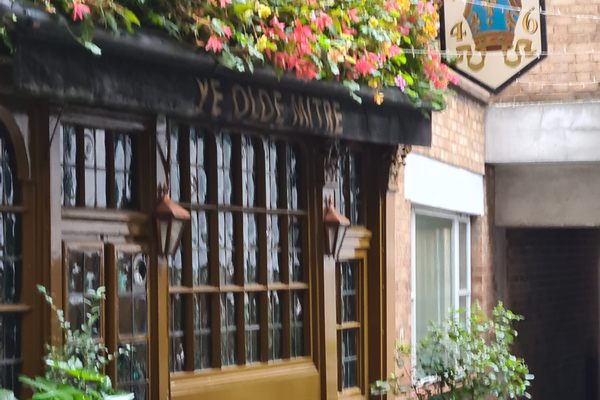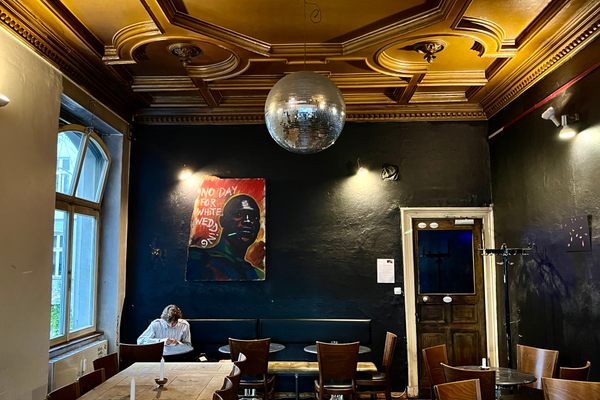About
If modern-day San Francisco entertains a reputation as a town where anything goes, it has nothing on the city that emerged between the Gold Rush and the Great Earthquake of 1906.
During the early 20th century, this area was known as the Barbary Coast. It was one of the most notorious neighborhoods in all of the United States, a place where any manner of vice or lawlessness was a daily—if not hourly—occurrence. A visitor, Benjamin Estelle Lloyd, had this to say about it in his 1876 book Lights and Shades of San Francisco: "Licentiousness, debauchery, pollution, loathsome disease, insanity from dissipation, misery, poverty, wealth, profanity, blasphemy, and death, are there. And Hell, yawning to receive the putrid mass, is there also.”
The streets of the Barbary Coast were packed with saloons, brothels, and dancing clubs, and each of those establishments was packed to the gills. Tens of thousands of miners had flocked to San Francisco in search of fortune, and here they commingled with the sailors coming off the docks in a raucous haze of smoke and sweat. The city’s other residents steered clear, fearful of the ruling violence and lechery. The unluckiest of visitors could end up shanghaied—kidnapped and coerced into months or years of labor at sea.
The neighborhood’s character took on a milder flavor after the Great Earthquake of 1906, when local law enforcement took the opportunity to clean out the worst dens of iniquity. The new (and rebuilt) establishments were more glamorous than the dives that once reigned supreme, more jazz clubs and dance halls. Pacific Street, then bathed in neon lights, was known as Terrific Street, and became the center of San Francisco’s nightlife.
This building, at 555 Pacific Street, hosted one of Terrific Street’s most beloved nightclubs, the Hippodrome. Before then, the space hosted a series of clubs. One was known as the Red Mill. It later operated as Moulin Rouge (French was classier, befitting the new surroundings).
Today, the building is home to an art supply store, but details from its storied past linger. Six bas-relief plaster panels (that once depicted anatomically correct satyrs chasing nymphs) are still mounted, but have been edited to feature more chaste ribbon dancers. The half-moon windows remain. And a Prohibition tunnel in the basement is open to those looking for a doorway to the past.
Update as of January 2020: The Artist & Craftsman Supply will be closing its doors in February 2020.
Related Tags
Published
January 4, 2013

